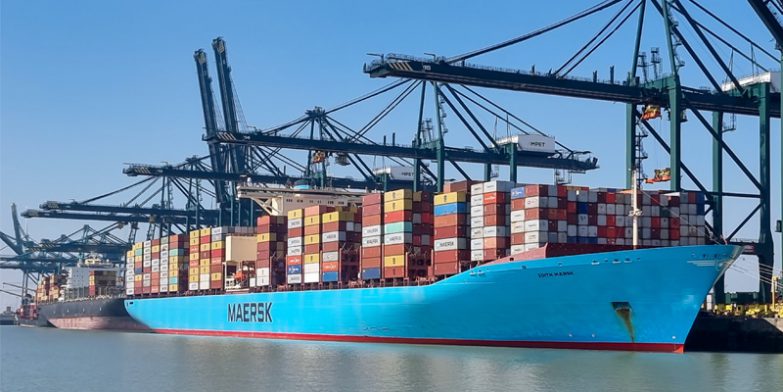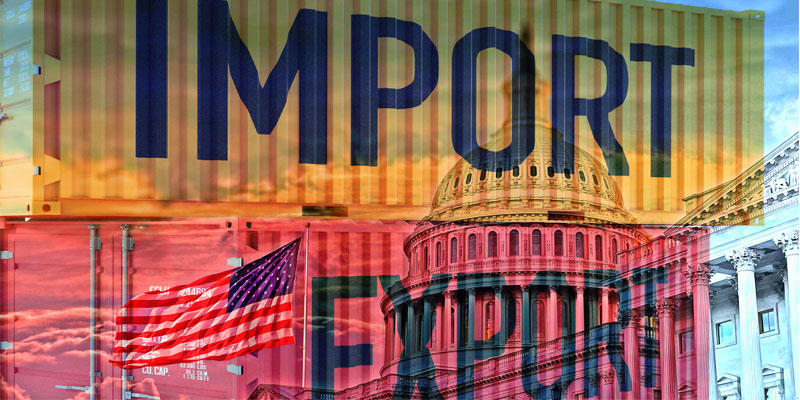
Container shipping lines are experiencing full bookings on numerous trade routes until August and with strong demand from Asia expected to continue well into the third quarter It is highly recommended that pre-bookings are made at least 4 to 6 weeks before departure.
OCEAN
While congestion in Singapore is improving, European ports including Barcelona and Valencia remain congested, with Rotterdam, Antwerp and Le Havre losing weekly 2M calls
to improve schedule reliability. There are ongoing strikes in Hamburg and Bremerhaven, with the risk of union action on the US East Coast from the 1st October.
The continuing Red Sea diversions have caused congestion across alternative routes and transshipment hubs, affecting intra-regional services as smaller vessels are diverted to long-haul trades. The Asia-Europe route has seen blank sailings due to insufficient capacity, despite the delivery of 1.67 million TEUs of new container ships this year, with another 1.47 million TEUs expected later.
Freight rates have stabilised at high levels, with the Shanghai Container Freight Index (SCFI) remaining steady. Rates on Trans-Pacific and Asia to Latin America routes are still elevated, while Far East Westbound routes are flat. Strong demand from India and Brazil has led to rate increases and equipment shortages, particularly on secondary trades like Oceania.
Trans-Atlantic ocean carriers have announced peak season surcharges (PSSs) for implementation on the 1st September in a bid to protect westbound spot rate levels that have been flat for months, despite volumes from Europe to the United States growing 7% in H1 2024.
Global demand exceeded expectations in the first half of 2024, partly due to early shipping as a precaution. High demand is expected to continue into the third quarter, especially on Asia outbound lanes. However, global PMI indexes weakened in June due to political uncertainty, although growth momentum remains stronger than in late 2023.
Port conditions are improving, with Panama Canal transits increasing, but labour tensions in Germany, the US, and Canada pose risks. Despite these challenges, demand is outpacing supply, with container vessels fully booked on many routes until August. Spot rates have risen significantly since May, driven by strong demand and ongoing port congestion, and are expected to remain high due to equipment shortages and continued market pressures.
AIR
Last month’s global IT outage affecting Microsoft systems caused widespread disruption in the air freight sector, leading to significant flight delays, cancellations, and stranded cargo. While cargo load factors initially increased by up to 5%, most backlogs were cleared by month-end, but not before pushing airfreight rates to their highest levels this year. Rates rose for the sixth consecutive month, with global average spot rates spiking 20% in July compared to 2023.
Data from the Baltic Exchange Airfreight Index (BAI) shows spot rates from Hong Kong to Europe and the US have stabilised, though they remain over 20% higher year-on-year. Other Asian routes, particularly from Vietnam to the US and India to Europe, continue to see significant price increases.
Global cargo demand in July rose 13% year-on-year, while capacity growth was modest at 2%, driving further increases in spot rates. However, a month-on-month slowdown was observed due to the peak summer holiday season. Despite this, year-on-year growth is expected to persist into September, with ‘Red Sea’ diversions and potential port strikes in Europe and the US likely to maintain pressure on demand and rates.
Regionally, Middle East and Central Asia to Europe lanes lead with a 120% surge in spot rates year-on-year, while Southeast Asia to North America and Europe more than doubled rates from 2023. Disruptions in Bangladesh caused a rebound in air cargo volumes but also drove spot rates from Bangladesh to Europe to their highest level this year, nearly tripling last year’s rates.
ROAD
In Q2, the European road freight market saw a 3.5% rise in spot rates compared to Q1, with rates also slightly up year-on-year. Although low consumer demand had previously pushed down rates, they are now beginning to normalise due to improvements in GDP and lower interest rates, with moderate increases expected as demand stabilises.
Operating costs continue to rise, particularly in labour, maintenance, and insurance, though the rate of increase has slowed. Diesel prices, after declining throughout the quarter, began to rise in June but remained 5% lower by the end of June compared to April. Despite lower fuel prices, overall costs are expected to increase as volumes return and capacity tightens, prompting carriers to pass on these costs.
Driver shortages are a significant concern, with 48% of European companies anticipating greater difficulties in filling positions next year. The ageing workforce, where over a third of drivers are aged 55 or older and only 5% are under 25, is exacerbating this issue. Without measures to attract younger drivers or improve productivity, upward pressure on labour costs is likely.
Regulatory changes are also impacting the market. The European Commission is pushing for the implementation of the Eurovignette Directive, shifting to distance-based tolling for trucks by 2030. Additionally, Slovenia, Belgium, and Hungary have announced increases in toll fees for heavy-duty vehicles. Despite these challenges, early signs of stabilisation in consumer demand and improving market conditions suggest a gradual recovery throughout 2024.
Whatever challenges your supply chain may face, our commercial vehicle fleet and the price and capacity agreements we have in place with our long-term partner air and ocean carriers mean that we continue to deliver resilient and reliable supply chain solutions.
Our purchase order management and supply chain tracking technology support the most demanding global trading regimes, providing transparency and control.
EMAIL Andy Costara to learn more and see how our technology can support your supply chain.





